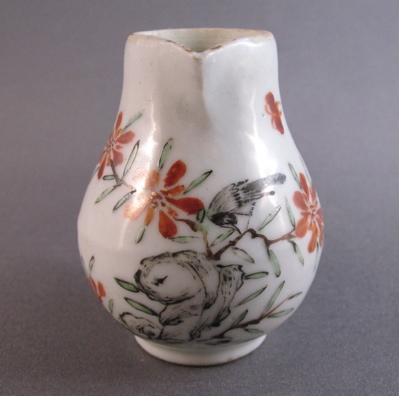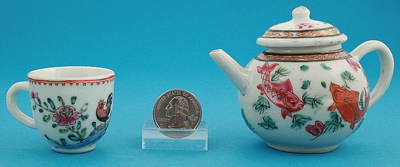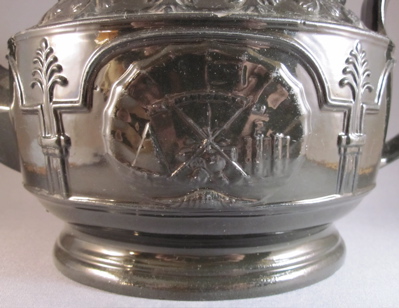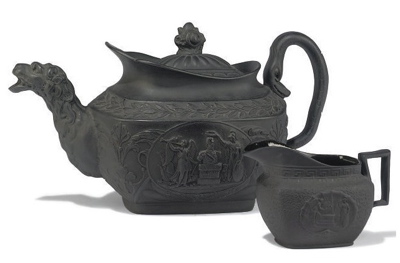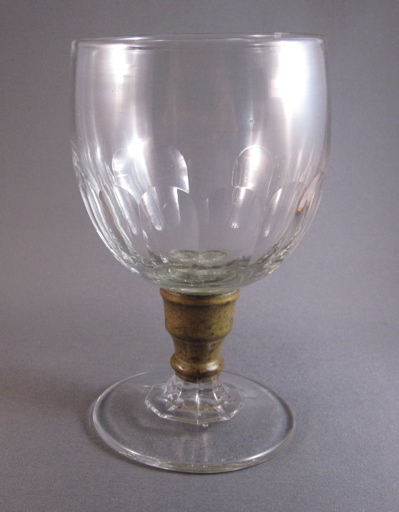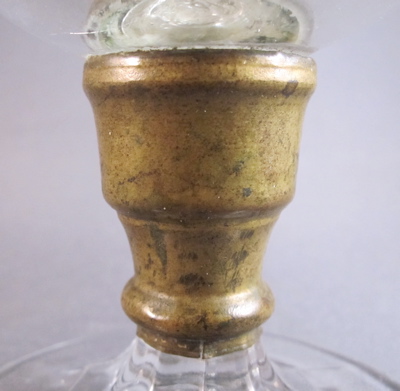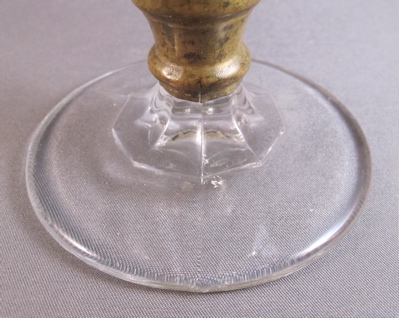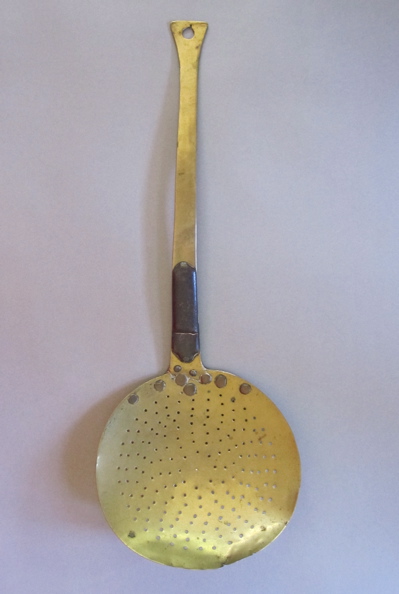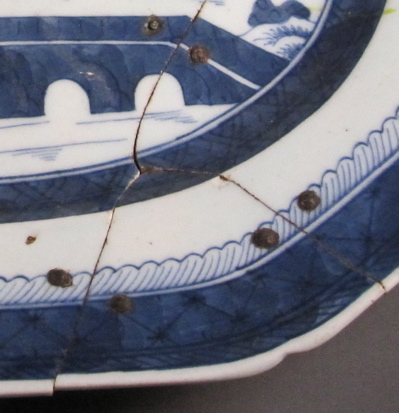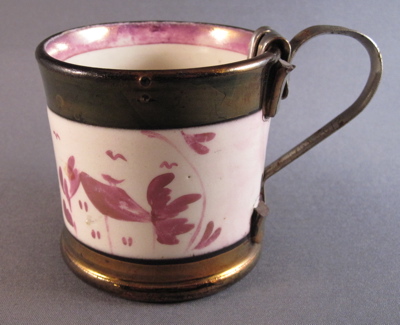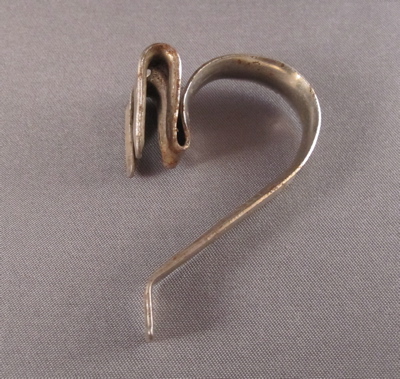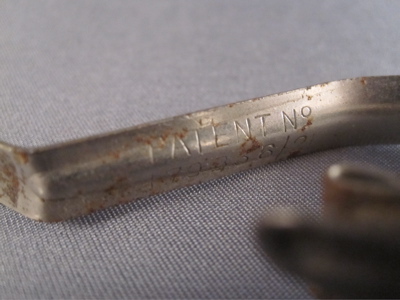When I was in Florence, Italy last year I was taken to Santa Maria Novella Pharmacy, established by Dominican monks in the 13th century and now one of the oldest pharmacies in the world. I found it to be more of a museum which also happens to sell soaps and elixirs, with many gorgeous rooms filled with faded antique furnishings and fresco painted walls. Much to my delight, I stumbled upon a glass showcase in a back room, filled with antique pottery with inventive repairs. I am guessing that very few people in the pharmacy take notice of the unusual ceramic vessels with prosthetic handles
The antique majolica apothecary jar in front has replacement handles made of metal which copied the shape of the original ceramic handles, as seen on the intact jars behind it
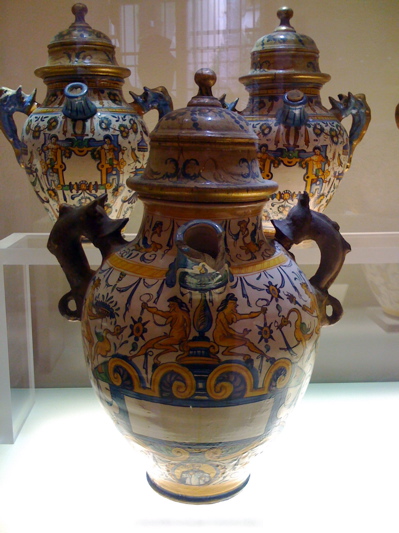
The four antique majolica apothecary jars in the back row all have similar metal replacement handles, copying the shape of the original handles seen on the three jars in front of them
Photo courtesy of Flickr


